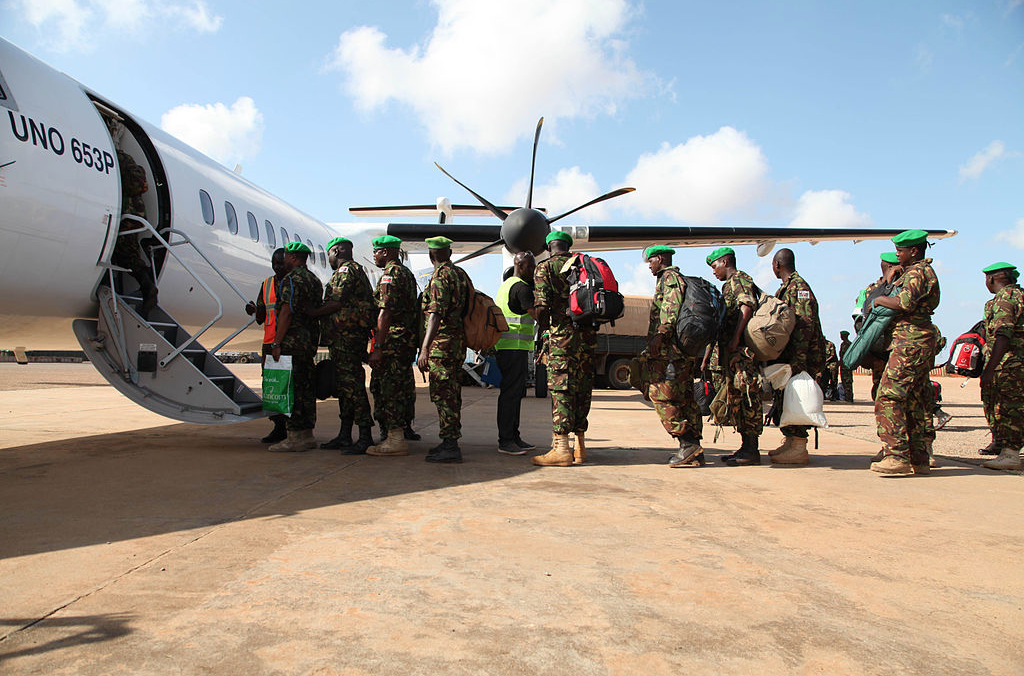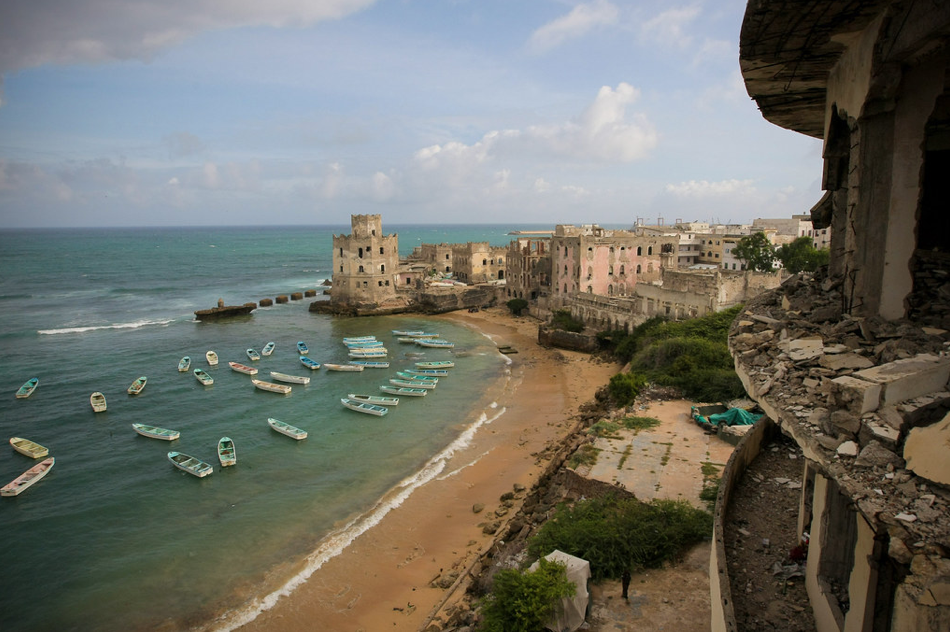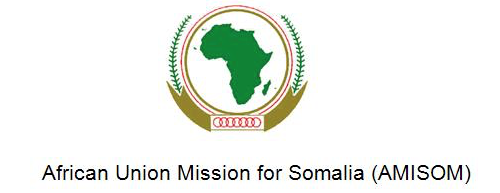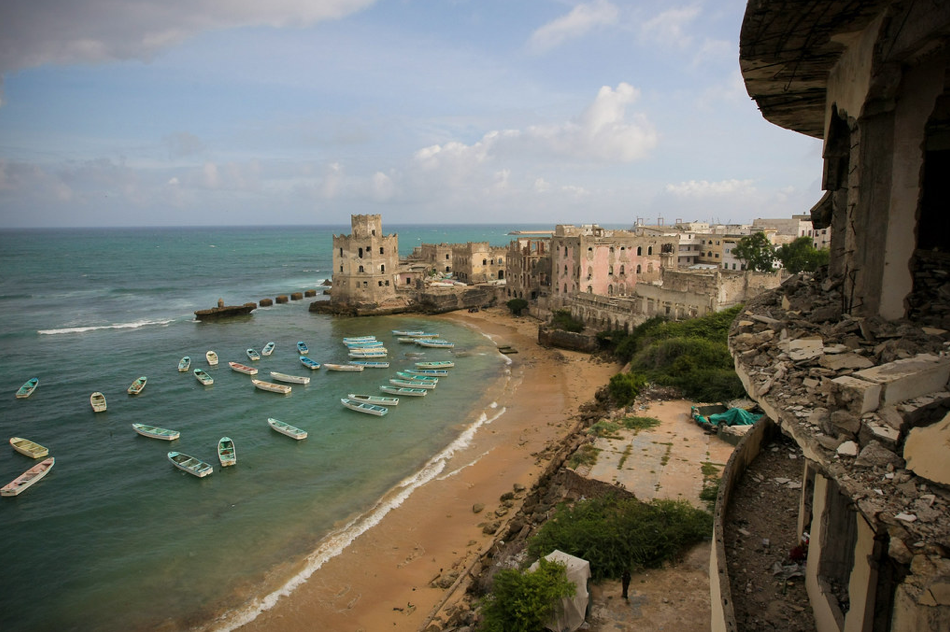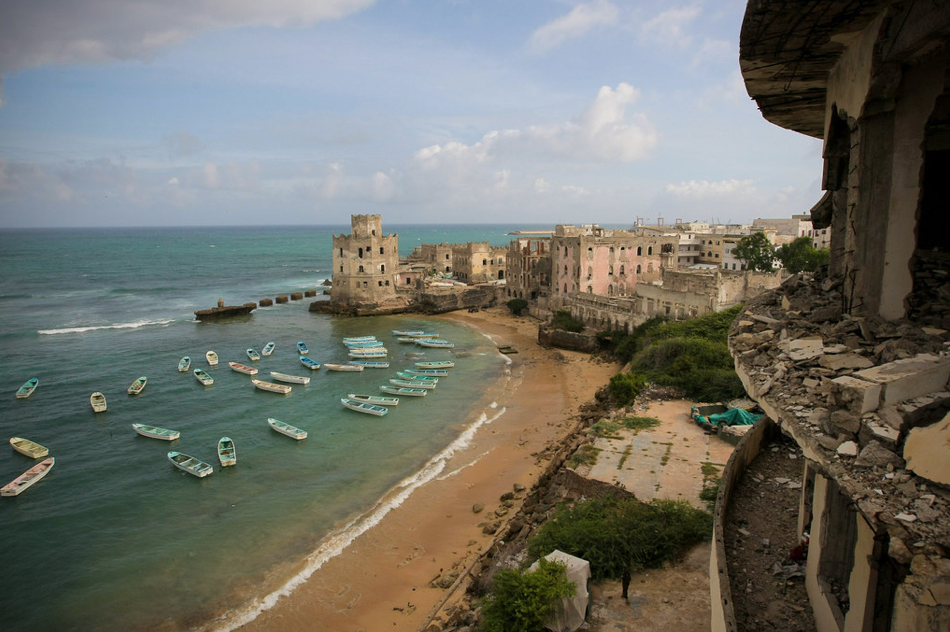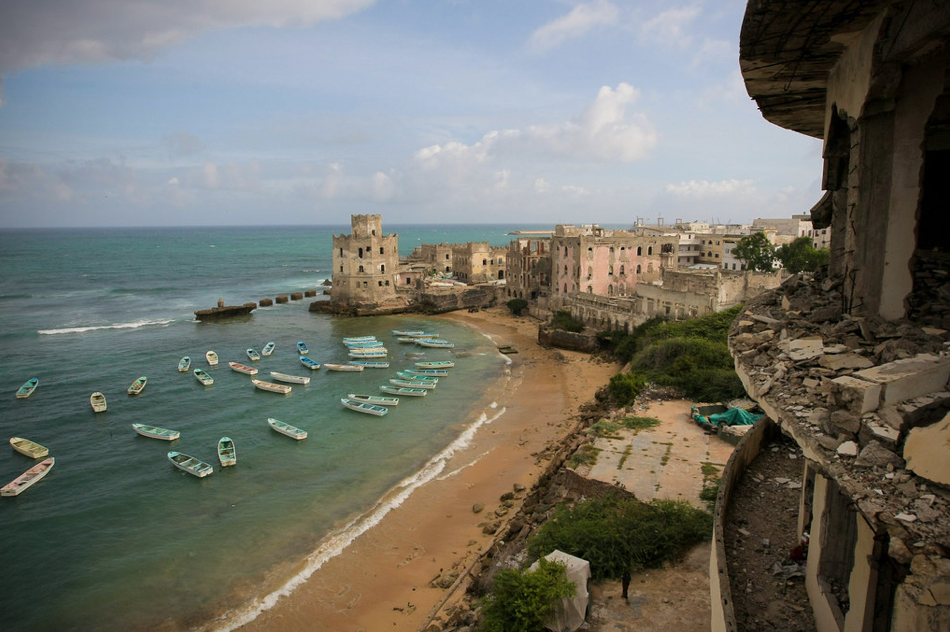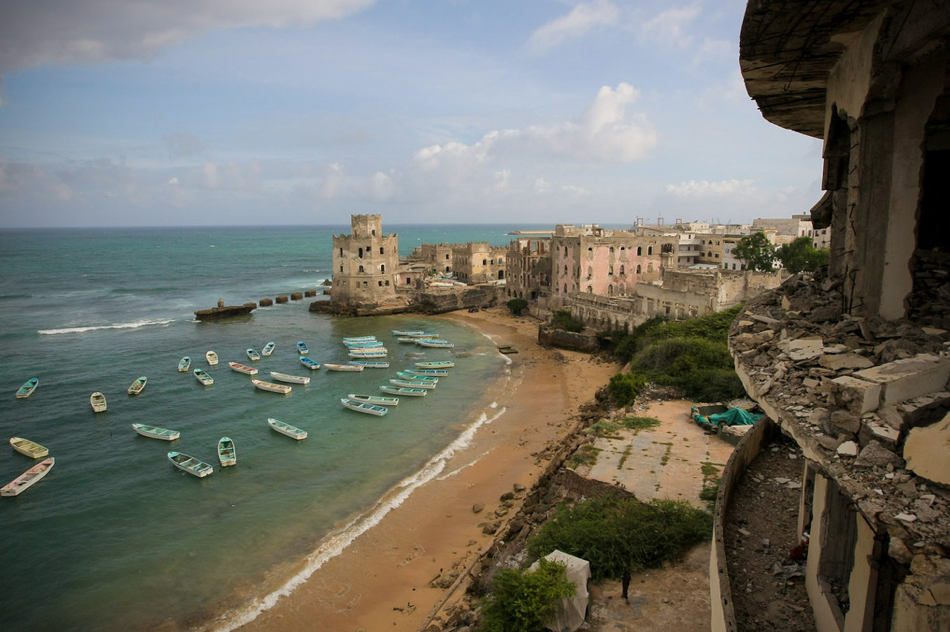AMISOM – Background of Conflict

The UN—and the United States (U.S.) by extension—has an inconsistent history in Somalia. Somalia collapsed into anarchy after the overthrow of Mohammed Siad Barre’s regime in 1991. By 1992, the UN formed the United Nations Operation in Somalia (UNOSOM) [UNSCR 751(1992)] to provide humanitarian assistance. When the feuding clans compromised the delivery of the food, the U.S. authorized Operation Restore Hope, with U.S. forces dispatched to assist with the famine relief as part of the UN’s United Task Force (UNITAF). UNITAF transitioned to UNOSOM II in March of 1993. After the tragic events of 3 October 1993 (the deaths of 18 U.S. soldiers and hundreds of Somalis), the U.S. removed its troops. The UN withdrew all forces from Somalia by March 1995.
For the next 15 years, Somalia endured frequent humanitarian crises, a short-lived Intergovernmental Authority on Development (IGAD) mission (IGADSOM), an invasion by Ethiopia, and the eventual ascendancy of the Islamist group al-Shabaab, which seized Mogadishu in 2006.
AMISOM was created by the AU Peace and Security Council in January 2007 and approved by the UN Security Council a month later. In 2010, AMISOM assumed the offensive against Al-Shabaab. AMISOM is largely credited with driving Al-Shabaab out of Mogadishu and major population centers. In August 2017, UNSCR 2372 (2017) renewed the AMISOM mandate until 31 May 2018. This renewal included “the first-ever” reduction in forces for AMISOM while transitioning security responsibilities to Somali authorities.
In 2013, the UN established UNSOM [UNSCR 2102(2013)], a Department of Political Affairs (DPA) field mission. In late March 2018, The UN Security Council renewed the UNSOM mandate with UNSCR 2408(2018) until 31 March 2019. The decision to extend “underscored the importance of the Mission’s support to the Somali Government‑led political process as well as the importance of its support to the federal Government of Somalia on preparations for the delivery of inclusive, credible and transparent elections” and “requested continued support for the Government’s efforts to implement the country’s National Strategy and Action Plan for Preventing and Countering Violent Extremism in order to strengthen Somalia’s capacity to prevent and counter terrorism.” UNSOM is responsible for the implementation of the UN Strategic Framework Somalia (2017-2020) as well as a specific policing mission.
Among other UN mandates with respect to Somalia are UNSCR 2383(2017) and UNSCR 2385(2017). In early November 2017, UNSCR 2383(2017) renewed authorization for international naval forces to combat piracy off Somali coast for another year. In summary, the UN Security Council:
…affirmed the primary responsibility of Somali authorities in the effort to combat piracy…(and)…renewed the call upon States and regional organizations that were able to do so to cooperate with those authorities and each other…(and)…commended the contributions of the European Union’s Naval Force (EUNAVFOR) Operation ATALANTA, the North Atlantic Treaty Organization’s (NATO) Operation Ocean Shield, the Combined Maritime Forces’ Combined Task Force 151, the African Union and the Southern Africa Development Community, as well as individual States for naval counter‑piracy missions and protecting ships transiting through the region…(and)…reaffirmed that the authorizations renewed in the resolution applied only with respect to the situation in Somalia and did not affect rights, obligations and responsibilities of Member States under international law, including the Convention on the Law of the Sea.
On 14 November 2018, UNSCR 2444(2018) extended the arms embargoes on Somalia and Eritrea until 15 November 2019, as well as providing: “authorization for maritime interdiction of illicit arms imports and charcoal exports, and the humanitarian exemption.” It also decided to terminate the mandate of the Somalia and Eritrea Monitoring Group (SMEG) and replace it with a Panel of Experts to oversee sanctions.
Another UN mission operating in Somalia is the UN Support Office in Somalia (UNSOS). UNSOS was established by UNSCR 2245(2015). UNSOS is responsible for support to AMISOM, UNSOM, the Somali National Army (SNA) and the Somali Police Force (SPF) on joint operations with AMISOM. UNSOS’ most recent mandate renewal was UNSCR 2372(2017) (30 August 2017). Its period of existence is characterized as “open.”
From AMISOM website
Background by AMISOM
The African Union Mission in Somalia (AMISOM) is an active, regional peacekeeping mission operated by the African Union with the approval of the United Nations. It was created by the African Union’s Peace and Security Council on 19th January 2007 with an initial six-month mandate.
AMISOM replaced and subsumed the Inter-Governmental Authority on Development (IGAD) Peace Support Mission to Somalia or IGASOM, which was a proposed Inter-Governmental Authority on Development protection and training mission in Somalia approved by the African Union in September 2006.IGASOM was also approved by the United Nations Security Council.
Originally IGASOM was proposed for immediate implementation in March 2005 to provide peacekeeping forces for the latest phase of the Somali Civil War. At that time, the Islamic Courts Union (ICU) had not yet taken control of Mogadishu, and most hopes for national unity lay with the Transitional Federal Government (TFG). By May 2006, the situation was radically different, as the ICU had engaged the Alliance for the Restoration of Peace and Counter Terrorism or ARPCT and was fighting for control of Mogadishu in the Second Battle of Mogadishu. By June, they had established control of the capital.
Plans for IGASOM continued, though by July there were indications of opposition from the ICU, who saw the initiative as a western means to curb the growth of Islamic movement. Until December 2006, the UN Security Council had imposed an arms embargo on the group, but the embargo was partially lifted and a mandate for IGASOM issued in December 2006.
On 20th February 2007, the United Nations Security Council authorised the African Union to deploy a peacekeeping mission with a mandate of six months, adopting resolution 1744(2007)13. The aim of the peacekeeping mission was to support a national reconciliation congress and requested a report within 60 days on a possible United Nations Peacekeeping Mission.
In October, 2014, the Security Council (Resolution 2182 (2014) gave a green light to the African Union to continue its mission in Somalia until 30th November 2015. Furthermore the council authorized the African Union mission to take all measures, as appropriate, to carry out support for dialogue and reconciliation by assisting with free movement, safe passage and protection of all those involved in a national reconciliation congress involving all stakeholders, including political leaders, clan leaders, religious leaders and representatives of civil society.
In August 2017, the UN Security Council issued resolution 2372 enabling the gradual handing over of security responsibilities from AMISOM to the Somali security forces contingent on abilities of the Somali security forces and political and security progress in Somalia.
Significant Events
- 24 July 2019. The Mayor of Mogadishu is killed by a female suicide bomber who worked at the municipality.
- 12 July 2019. Al-Shabaab claims responsibility for hotel bombing in Kismayo killing civil society leaders, elders, a candidate for regional elections, AU representative, and members of the electoral commission.
- 31 May 2019. UN Renews AMISOM Mission Mandate UNSCR 2472(2019)
- 15 March 2019. African Union and United Nations Joint Review of AMISOM
- 01 January 2019. Somali government kicks out UN Representative Nicholas Haysom, saying it wants “Somalia leading international support, not international support leading Somalia.”
- 14 November 2018. UNSCR 2444(2018) extended the arms embargoes on Somalia and Eritrea until 15 November 2019 and established a Panel of Experts to oversee sanctions on Somalia.
- 30 May 2018. Somalia Council of Ministers approves Sexual Offenses Bill
- 16 May 2018. National Constitutional Convention meets to review updates to the Provisional Constitution
- 30 April 2018. Somalia Transition Plan endorsed by the AU Peace and Security Council
- 27 March 2018. The UN Security Council renewed the UNSOM mandate with UNSCR 2408 until 31 March 2019.
- 23 February 2018. Mogadishu experienced two terrorist attacks.
- 24 January 2018. Special Representative of the Secretary-General and Special Representative of the Chairperson of the AU Commission briefed the Council on the situation in Somalia and the Secretary-General’s 26 December 2017 report.
- 26 December 2017. The UN Secretary-General provided a report on Somalia.
- 4-5 December 2017. The Somalia Security Conference and the inaugural Somalia Partnership Forum met in Mogadishu, Somalia.
- 14 November 2017. The UN Security Council adopted UNSCR 2385(2017), on Somalia and Eritrea sanctions
- 7 November 2017. The UN Security Council adopted unanimously adopted UNSCR 2383(2017), which renewed authorization for international naval forces to fight piracy off the coast of Somalia
- 2 November 2017. The Monitoring Group on Somalia and Eritrea submitted its report.
- 14 October 2017. Over 500 civilians were killed due to a truck bomb attack in Mogadishu, attributed to al-Shabaab. According to one report: “Some investigators believe that the trucks did not reach their intended target—the heavily defended compound where the UN, embassies and AU forces are based.”
- 12-13 October 2017. The UN Secretary-General provided a report on piracy and armed robbery in Somalia; and the UN Security Council received the final reports of the Somalia and Eritrea Monitoring Group (SEMG).
- 13 September 2017. Special Representative of the Secretary-General and Special Representative of the Chairperson of the AU Commission conducted a briefing on the Secretary-General’s 5 September report on Somalia.
- 30 August 2017. The UN Security Council adopted UNSCR 2372(2017), which renewed AMISOM with a personnel reduction of 500 uniformed personnel by 31 December 2017 (to a maximum of 21,626 persons).
- 9 August 2017. The UN Security Council provided a presidential statement to express “grave concern about the threat of famine presently facing more than 20 million people in Yemen, Somalia, South Sudan, and north-east Nigeria.”
- 13 July 2017. The Working Group on Children and Armed Conflict on children and armed conflict in Somalia concluded its report.
- 22 June 2017. The UN Security Council held a meeting on “preventing terrorism and violent extremism in the Horn of Africa: Enhancing partnership for regional efforts.”
- 16 June 2017. The UN Security Council held a meeting on the risk of famine in the conflict-affected areas of north-east Nigeria, Somalia, South Sudan, and Yemen.
- 15 June 2017. The UN Security Council issued a press statement condemning the terrorist attack that targeted civilians in Mogadishu.
- 14 June 2017. The UN Security Council adopted UNSCR 2358(2017) to renew the UNSOM mandate until 31 March 2018.
- 11 May 2017. The London Conference on the future of Somalia resolves to support Somalia’s implementation of its National Security Architecture (endorsed 8 May 2017).
These products are the results of academic research and intended for general information and awareness only. They include the best information publicly available at the time of publication. Routine efforts are made to update the materials; however, readers are encouraged to check the specific mission site at https://amisom-au.org.
Index
Executive Summary / Current Political and Security Dynamics / Recent Situation Updates
Central African Republic Country Profile
Government/Politics / Geography / Military&Security / Economy / Social / Information / Infrastructure
African Union Mission in Somalia (AMISOM)
Senior Leaders of the Mission / Mandate / Strength / Deployment of Forces / Casualties / Mission’s Political Activities / Background / Timeline


